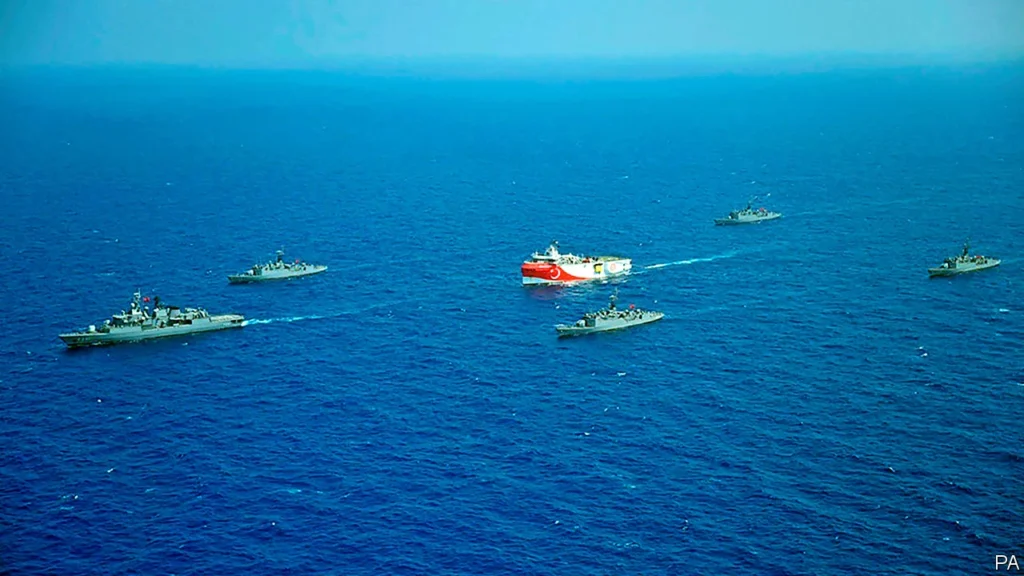After the upgrade of Alexandroupoli, American forces are bolstered at Souda and Elefsina.
After the outbreak of war in the Middle East, Greece is practically the only reliable partner of the US in a region that is in constant turmoil.
The State Department began to tentatively consider Greece in this capacity around seven to eight years ago. However, this thinking began to take shape with the Mutual Defense Cooperation Agreement (MDCA), the war in Ukraine, and the crisis in the Middle East. Although Greece is still far from being classified as a “frontier state” (i.e. an allied, border state that is a hub for advancing US interests in the Eurasian region), it is clear that the turmoil in Ukraine and the Middle East is accelerating developments, at least in terms of military presence.
Since Russia invaded Ukraine in February 2022, Greece’s theoretical geopolitical value has become tangible, mainly due to the northern port of Alexandroupoli, which had been integrated into the MDCA a few months earlier. Since then, primarily US and other NATO forces have moved by rail from Alexandroupoli to Bulgaria and Romania, and from there to the Baltic on numerous occasions.
Helicopters, tanks, armored vehicles and other equipment have been transported on this route, which bypasses the Bosporus Strait to the Black Sea. At the same time, the connectivity of three countries’ military fuel pipelines – Greece-Bulgaria-Romania – is also progressing, boosting NATO’s eastern wing.
The conflict between Israel and Hamas has also highlighted Greece’s role as a hub for the deployment and servicing of US military forces in the Eastern Mediterranean, which the Americans are treating much like the Republic of Venice did historically – using the large islands as staging posts to access the Middle East. The purpose then was to maintain a trading empire; now it is unimpeded access to one of the most volatile places on the planet, providing assistance to American air forces in a straight line – from Allied Joint Force Command Naples, with stops on Crete and possibly Cyprus.
Currently, the Souda air base has practically reached the limits of its aircraft handling capabilities. A large part of the 115th Combat Wing at Souda has been ceded to US forces and has C-130 and C-17 transport aircraft, KC-135 flying tankers and an RC-135 Rivet Joint to gather information and identify potential targets. The transport aircraft are there for the primary purpose of possibly transporting American civilians from Israel and Lebanon.
Source: Ekathimerini


